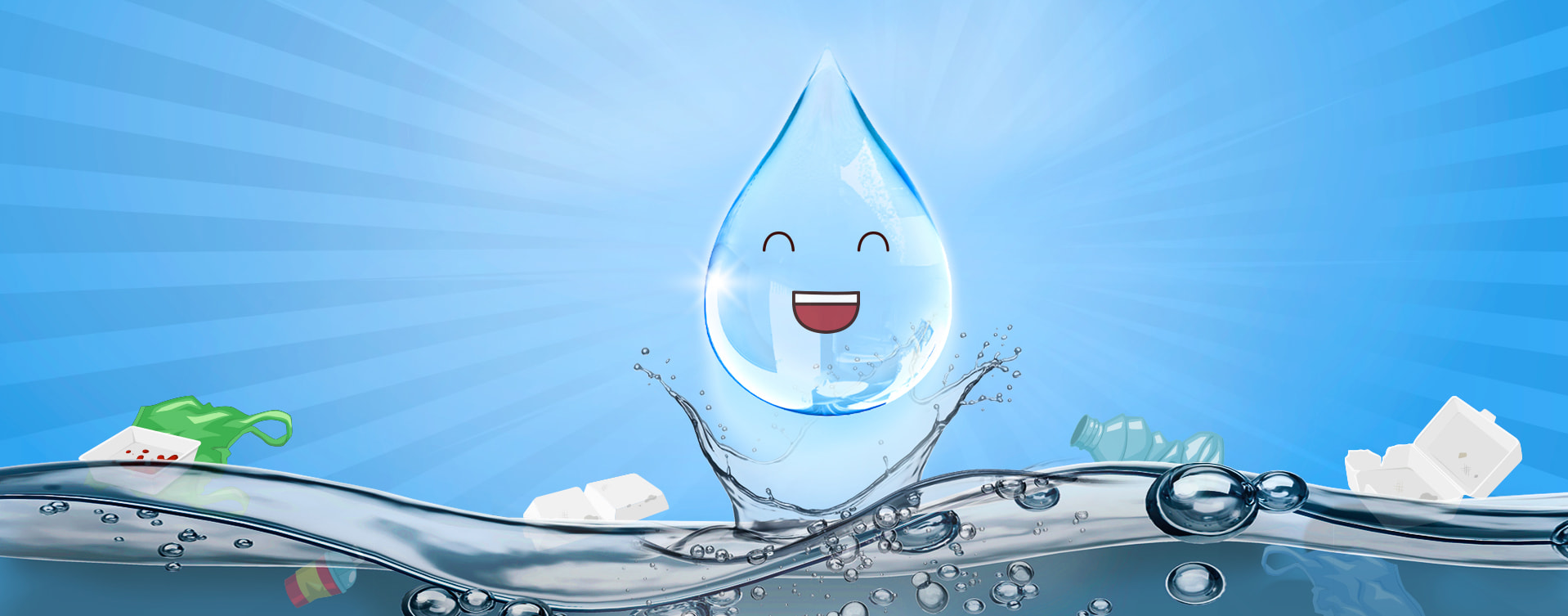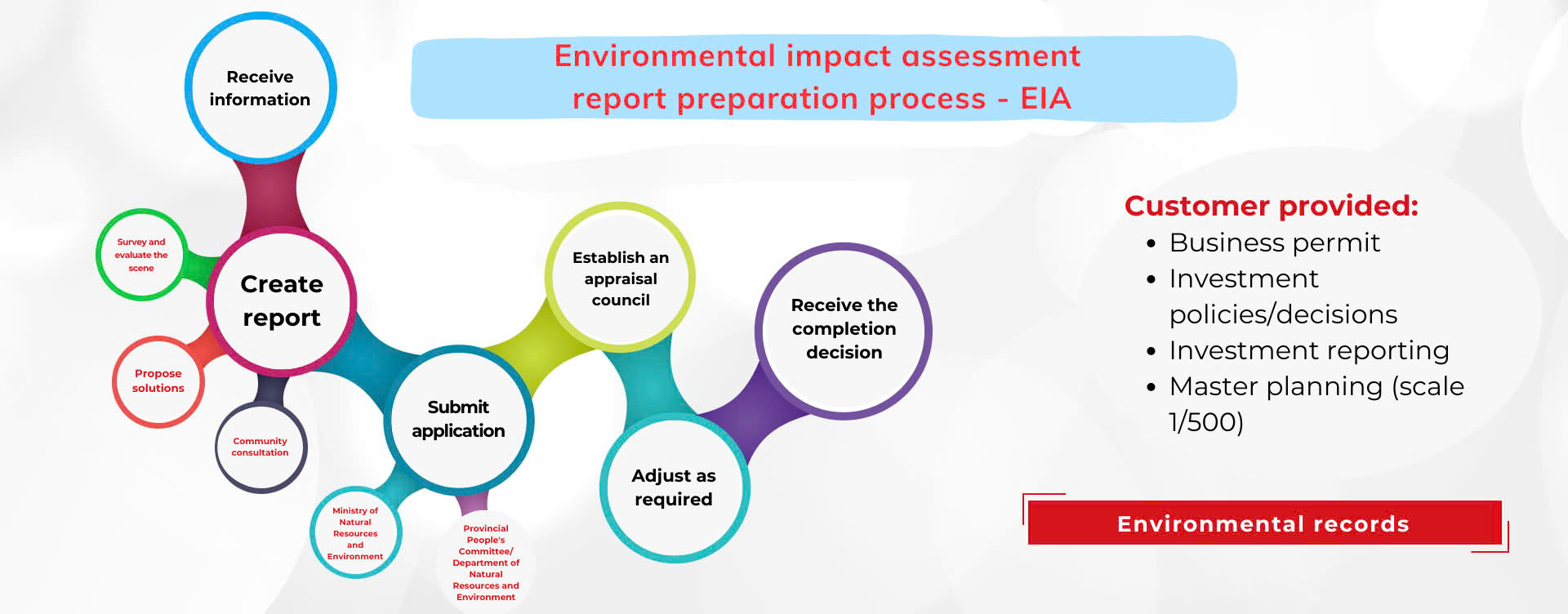Treatment of livestock wastewater
Treatment of livestock wastewater
As livestock farming continues to develop in response to rising consumer demand, a large number of farms, both large and small, have been established. With this comes the generation of a significant amount of livestock wastewater during farm operations. So why is it necessary to treat livestock wastewater, and what does the treatment process entail?
Why is it necessary to treat livestock wastewater?
Origin and composition of livestock wastewater
According to QCVN 62-MT:2016/BTNMT, livestock wastewater is the wastewater discharged from livestock farming activities, including household livestock farming. The main components of livestock wastewater include:
- Organic substances (BOD, COD);
- Suspended solids;
- Microorganisms such as viruses and bacteria, with some non-harmful bacteria;
- Nutrient content (N, P).
Table 1: Characteristics of untreated livestock wastewater
| No. | Parameter | Unit | Value |
|---|---|---|---|
| 1 | pH | – | 6 – 8 |
| 2 | BOD5 (20°C) | mg/L | 1,400 – 3,200 |
| 3 | COD | mg/L | 2,200 – 5,300 |
| 4 | Total suspended solids (TSS) | mg/L | 1,000 – 3,100 |
| 5 | Total nitrogen | mg/L | 200 – 400 |
| 6 | Coliforms | MPN/100 mL | 10⁴ – 10⁶ |
The importance of treating livestock wastewater
Although the components of livestock wastewater (e.g., from pigs, cows, etc.) are not as complex or difficult to treat as industrial wastewater, if not properly treated, it poses a threat to both the environment and human health. Installing a livestock wastewater treatment system is the responsibility of farm owners and aims to achieve the following:
- Protect the landscape and minimize odors that affect the farm and surrounding areas.
- Proper wastewater collection and treatment will reduce disease outbreaks in livestock.
- Avoid legal issues related to the environment during inspections by authorities.
- Create a positive image of the farm in the eyes of customers.
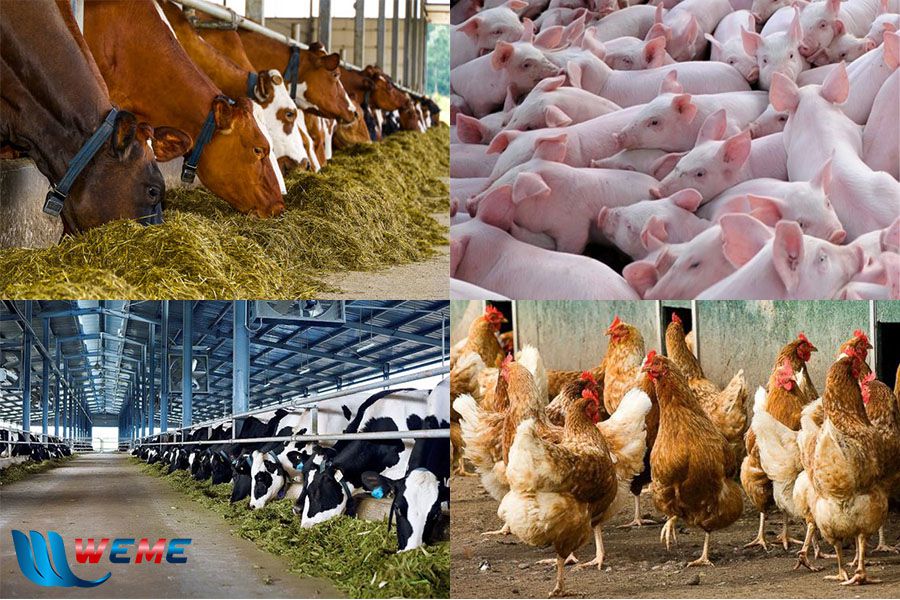
See also:
- Pig farm wastewater treatment
- Cattle farm wastewater treatment
Penalties for violating livestock waste treatment regulations
According to Article 30 of Decree 14/2021/ND-CP, which regulates livestock farm waste treatment, violations regarding untreated livestock wastewater discharge, which does not meet national standards for wastewater discharge to crops, are subject to the following penalties:
- A fine of 3,000,000 VND to 5,000,000 VND for small-scale livestock farming;
- A fine of 5,000,000 VND to 7,000,000 VND for medium-scale livestock farming;
- A fine of 7,000,000 VND to 10,000,000 VND for large-scale livestock farming.
In addition to these fines, violators must also implement corrective measures to address environmental pollution and report the results within the time frame specified by the authority in the decision on administrative penalties.
WeMe’s livestock wastewater treatment process
Currently, WeMe applies two technologies to its livestock wastewater treatment systems. To choose the most suitable option, please send us a message or contact our hotline at 0906.653.007 for detailed consultation.
Livestock wastewater treatment using SBR technology
Introduction to SBR wastewater treatment technology
SBR (Sequencing Batch Reactor) is a batch reactor system that uses the activated sludge method. However, in SBR, the aeration and sedimentation phases take place intermittently within the same structure. SBR is used to treat wastewater with high organic and nitrogen content, making it suitable for livestock farms, such as pig and cattle farms. The system operates continuously, involving processes such as pumping wastewater, reaction, sedimentation, and discharging the treated wastewater.
Technology diagram and explanation
Explanation:
Livestock wastewater from the septic tank is collected in the sump and pumped into the wastewater storage tank. In the storage tank, a submersible pump is used to pump wastewater to the treatment tank.
- Filling phase:
Wastewater is continuously pumped from the sump into the storage tank. During this phase, anoxic treatment takes place. The wastewater is continuously stirred to enhance the activity of floc-forming microorganisms and suppress the development of filamentous bacteria that cause sludge bulking. This phase removes carbon, nitrogen, and phosphorus from the wastewater.
- Reaction phase:
The tank is continuously aerated. The oxidation process occurs similarly to a conventional aeration tank, where aerobic microorganisms decompose organic matter. These microorganisms use pollutants in the wastewater as food and form biomass, reducing pollutant concentrations in the wastewater.
- Sedimentation phase:
The tank functions like a secondary sedimentation tank but in a static state. Thus, anoxic conditions occur, allowing nitrogen to be removed through denitrification. This results in two layers: clear water on top and sludge at the bottom.
- Decanting phase:
The clear water is discharged using a decanting device, which automatically stops at a safe water level, preventing sludge from being carried out.
- Sludge discharge phase:
Sludge is removed during the sedimentation phase if the sludge level is too high, or simultaneously with decanting. This phase is crucial for continuous operation of the tank.
- Disinfection:
Disinfectant chemicals are added directly to the pipeline before the treated wastewater is discharged into the environment, ensuring that the output water meets microbiological standards.
Treated water meets the discharge standards under QCVN 62-MT:2016/BTNMT and is discharged into receiving sources.
Advantages of SBR technology in livestock wastewater treatment
Applying SBR technology to WeMe’s pig and cattle farm wastewater treatment systems offers several advantages:
- Saves space, as there is no need to build primary and secondary sedimentation tanks, equalization tanks, or aeration tanks.
- Reduces costs by minimizing the number of structures and equipment compared to traditional technologies, making it affordable for small-scale farms.
- The operating mode can be adjusted based on the input water, making it highly flexible.
Livestock wastewater treatment using MBR technology
Introduction to MBR wastewater treatment technology
MBR (Membrane Bioreactor) combines biological wastewater treatment in an activated sludge tank with hollow fiber membrane filtration. MBR uses membranes submerged in an aerobic biological treatment tank. Wastewater is treated by the activated sludge, which is retained through membrane filtration. This increases the efficiency of suspended solids removal. The high concentration of suspended solids inside the biological tank accelerates the biodegradation of pollutants in the wastewater. MBR achieves treatment efficiencies of 90-95% for COD and BOD, with biological treatment efficiency increasing by 10-30% due to MLSS levels being 2-3 times higher than in conventional aeration tanks.
Technology diagram and explanation
Explanation:
- Collection pit:
Livestock wastewater, after biogas treatment, is piped to the collection pit. A submersible pump in the pit pumps wastewater to the equalization tank.
- Equalization tank:
Air is continuously supplied to stir the wastewater and prevent sedimentation and anaerobic decomposition, which causes odors. Additionally, the equalization tank helps maintain stable wastewater flow and concentration.
- Anoxic tank:
Carbon removal, phosphorus conversion, and denitrification occur in this tank. The tank is regularly stirred by an air blower to enhance floc-forming microorganism activity and suppress filamentous bacteria that cause sludge bulking.
- Aeration tank:
Organic matter is broken down by aerobic microorganisms, which use pollutants in the wastewater as food, reducing pollutant concentrations.
- MBR Module:
Flat-sheet membranes submerged in the aerobic biological tank provide additional microorganisms to continue the aerobic treatment process. The MBR membranes filter out suspended solids, sludge, and microorganisms, allowing only clean water to pass through. Chemicals are added to the pipeline using dosing pumps to remove pathogens like Coliform and E.coli. Treated water meets the discharge standards of QCVN 62-MT:2016/BTNMT and is released into receiving sources.
Advantages of MBR technology in livestock wastewater treatment
MBR is an advanced, widely used technology. Applying MBR technology to WeMe’s livestock wastewater treatment systems offers several advantages:
- The high quality of treated water through MBR membranes allows for reuse in farm activities such as cleaning barns and bathing livestock.
- The system operates automatically, requiring no labor.
- Easy to manage and maintain due to the system’s surface installation and minimal structures.
- Convenient for increasing capacity by 20% without expanding tank volume when farm operations scale up.
- Saves space, as no additional sedimentation, filtration, or disinfection tanks are needed.

Treatment efficiency
The treated water quality after passing through WeMe’s livestock wastewater treatment system meets QCVN 62-MT:2016/BTNMT standards.
Table 2: Required livestock wastewater quality according to QCVN 62-MT:2016/BTNMT
| No. | Parameter | Unit | Value |
|---|---|---|---|
| A | B | ||
| 1 | pH | – | 6 – 9 |
| 2 | BOD5 (20°C) | mg/L | 40 |
| 3 | COD | mg/L | 100 |
| 4 | Total suspended solids (TSS) | mg/L | 50 |
| 5 | Total nitrogen | mg/L | 50 |
| 6 | Coliforms | MPN/100 mL | 3,000 |
WeMe’s project implementation process
WeMe’s livestock wastewater treatment project implementation process includes the following steps:
- Information collection, site survey, and customer consultation: Gather information about the farm’s activities, wastewater characteristics, output water quality requirements, challenges faced by the customer, and customer requirements to provide consulting and design solutions.
- Quoting, contract signing.
- System design: Design the detailed components to be constructed.
- System construction and installation: Deliver machinery, equipment, and materials to the site and begin installation.
- System trial operation.
- Project acceptance, handover to the investor, and operator training.
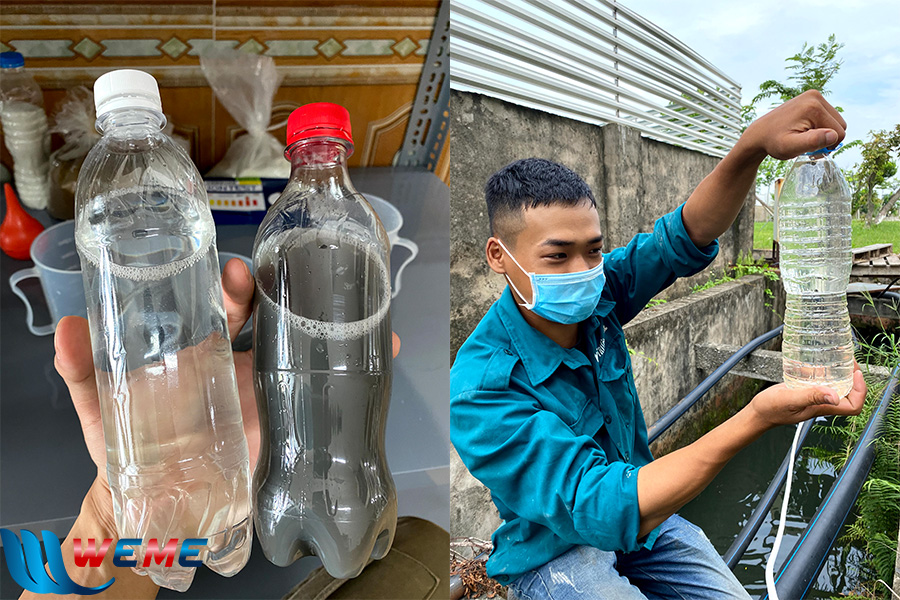
WeMe’s Commitment
WeMe is committed to the quality of our products and services. Customers who choose WeMe will receive enthusiastic support from our team of experienced environmental consultants. Our system warranty policy includes:
- The entire treatment system is warranted for 12 months from the date of equipment acceptance without load. During and after the warranty period, the investor will regularly inspect and perform periodic system maintenance.
- Machinery maintenance, including motors and chemical dosing pumps, is performed every 3 months by the investor.
- Operators must regularly check the stable operation of the machinery, apply lubricants, and detect any damage caused by objective conditions (if any).
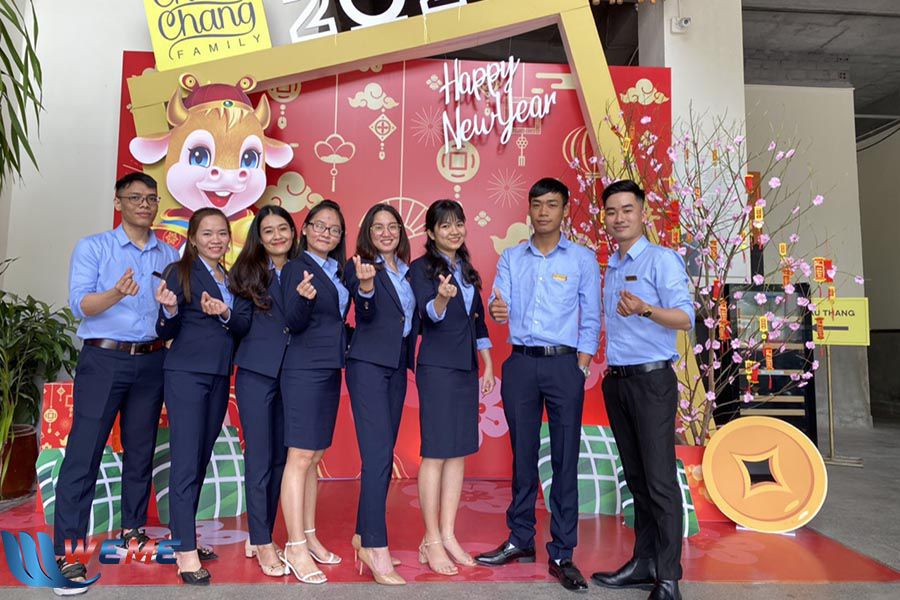
Customers interested in WeMe’s livestock wastewater treatment systems for pig, cattle, etc., please contact us for detailed consultation and pricing. WeMe is honored to work alongside our customers.

WeMe Energy Joint Stock Company
| Headquarters | : 124/1 Ly Thuong Kiet, Ward 7, Go Vap District, Ho Chi Minh City |
| Hotline | : 0906.653.007 |
| : wemecompany@gmail.com | |
| Fanpage | : Môi Trường WeMe |
| Northern Region (Consultant) | : 0845.653.007 |
| Central Region (Consultant) | : 0847.653.007 |
| Southern Region (Consultant) | : 0824.653.007 |

